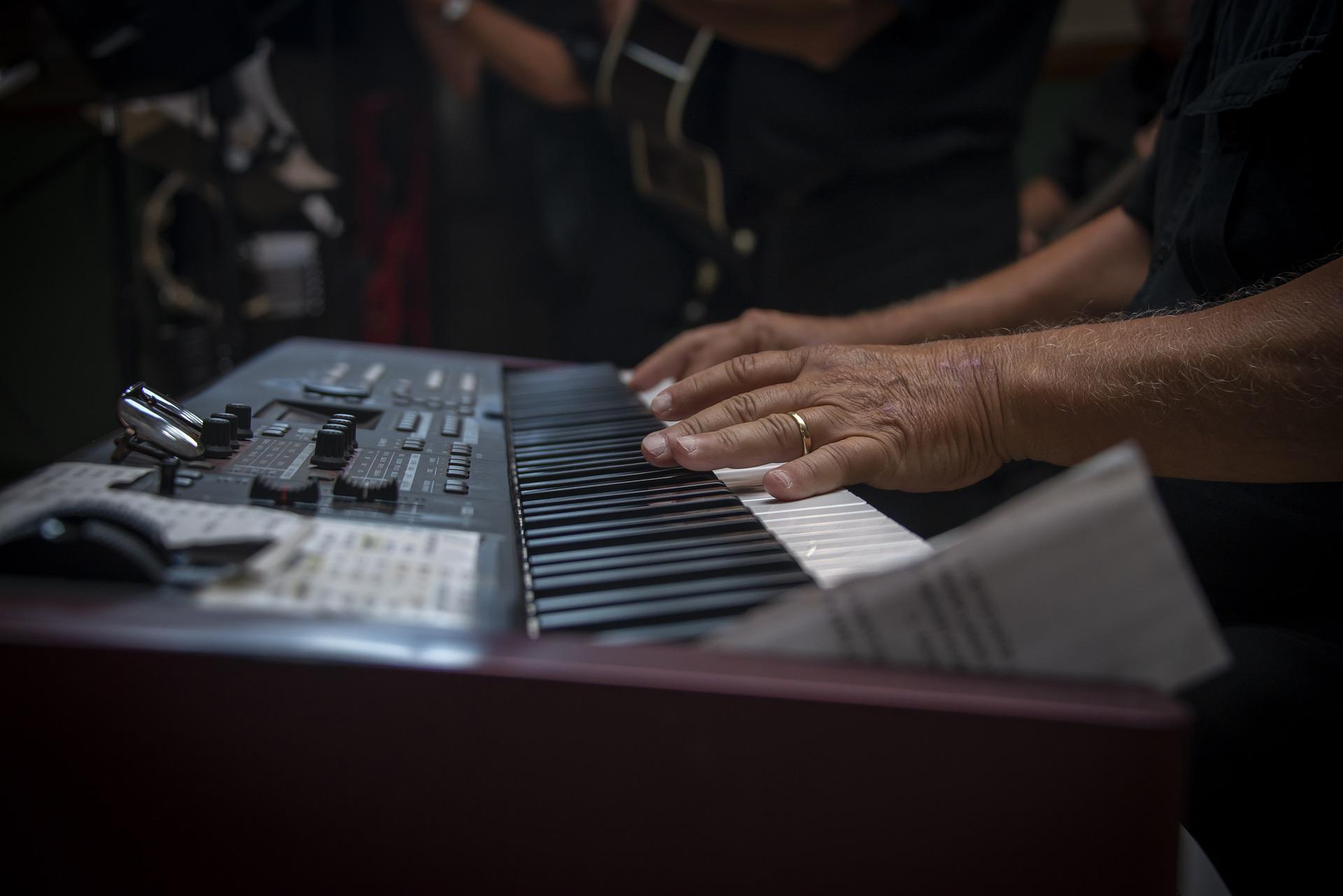Mellotron is one of the legendary synthesiser manufactured by Bradmatic/Mellotronics in Birmingham, England. The first one of its kind was released in 1963 and blew people away. This was the kind of an absolute new and most innovative synthesisers of the time. This was still the electronic synthesiser at its infancy yet something bold to approach the market. Mellotron was the first to spread the sampling idea inside musical instruments. Although, this is what most people still think, this is not true. The first one to come on the market with such sampling synthesis in mind was Harry Chamberlin developed and sold in California. This had been before the birth of Mellotron.
The Mellotron’s principle of work
Nobody wants to get their hands dirty getting involved into a dispute but it is worth knowing a little about Mellotron and how it came to be one of the most legendary synthesiser ever to come. Mellotron works on the sample synthesis. No that is not it. Breaking down, Mellotron produces or generates its sound based on a series of magnetic tape elements. In that case, you could record any sound if you could and use it inside Mellotron but that certainly was expensive and required a lot of knowledge about Mellotron’s engineering side of course.
Still the idea is you could manage to do that. Worth noting, Mellotron was not the first one to come up with this concept as we spoke earlier. California-based manufacturer Harry Chamberlin supposedly introduced the whole design.
The design of Mellotron M400
M400 works just like Mellotron’s basic sampling synthesis where each sound is being played by reel of tape unlike it is done in the case of the analogue synthesis where sound is generated by the VCO or Voltage Controlled Oscillators.
M400 contains 35 keys, therefore 35 independent play heads. With each key being pressed, the associated note is played by pulling the tape reel. Then, with the pressure of the pad right on the tape head, pinches the wheel by the help of a giant capstan. The reel is then set back to its initial position upon the release of the key, which is possible by a spring attached to the bottom of reel.
M400 came with 3 unique sounds that you could select from by the twisting a knob . This allowed you to toggle between 3 sounds, ranges from flute, violin and cello. These are the preset sounds that came from the factory. There was also a possibility to blend the sounds with a special knob.
There are also a volume knob to adjust the amplitude and tone knob that gave you the filter like sound, not exactly like a filter, but it gives you a brighter or darker sound upon adjustment. The other one is a pitch control working like a pitch bender with a light to signal the on and off the Mellotron.
Behind the scene, under the hood, resides a big power supply that helps to operate the Mellotron smoothly. There is a heavy duty motor, which is pretty loud. This motor helps the capstan to rotate and move the tape as you press the key.

